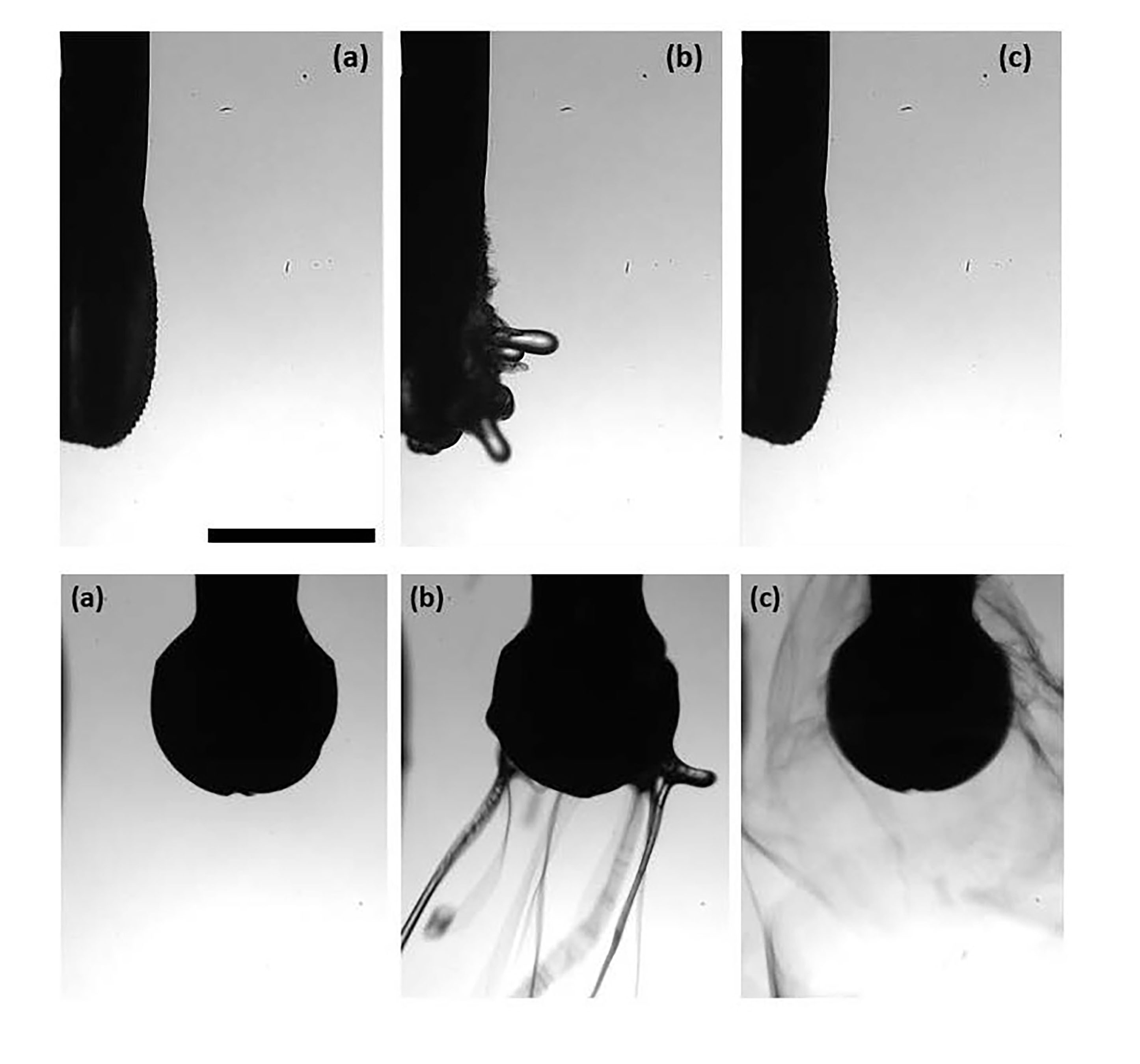If the mist in a dentist’s office — sent flying into the air by spinning, vibrating tools — contains a virus or some other pathogen, it is a health hazard for dentists and patients. So researchers in Illinois studied the viscoelastic properties of food-grade polymers and discovered that the forces of a vibrating tool or dentist’s drill are no match for them. Not only did a small admixture of polymers completely eliminate aerosolization, but it did so with ease.
